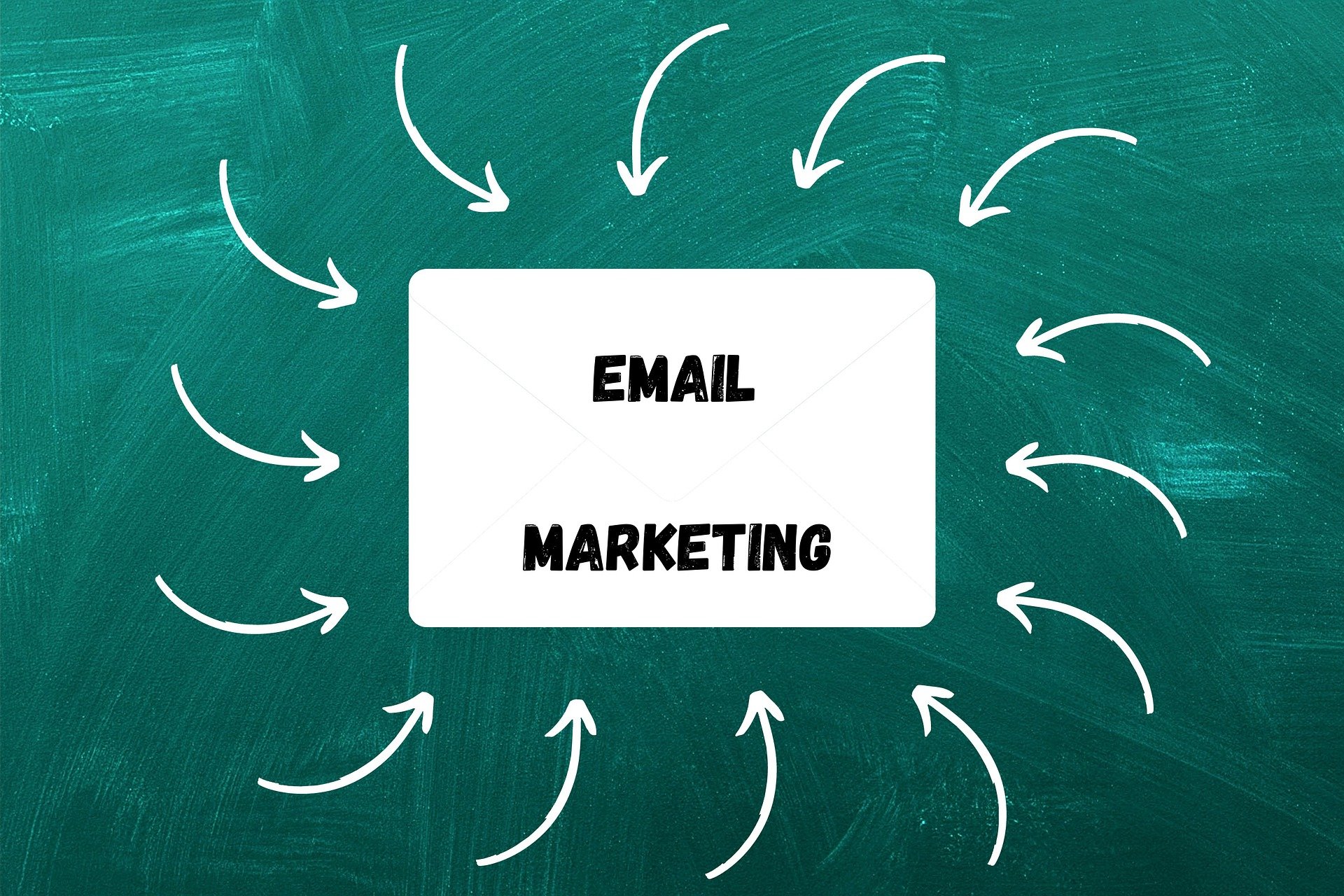The Basics of Email Marketing for Small Local Businesses
In the rapidly evolving landscape of digital marketing, email marketing remains a powerful tool for small local businesses aiming to build customer relationships, drive sales, and enhance brand loyalty. Despite the rise of social media and other digital channels, email marketing continues to offer unparalleled benefits in terms of direct communication, personalization, and return on investment (ROI). For small local businesses, understanding the basics of email marketing can provide a significant competitive edge and contribute to long-term success.
Why Email Marketing Matters
Email marketing involves sending targeted messages to a list of subscribers with the aim of nurturing relationships, promoting products or services, and driving customer engagement. For small local businesses, email marketing is particularly valuable for several reasons:
Direct Communication: Email provides a direct line of communication to customers who have shown interest in your business. Unlike social media, where your posts might get lost in the noise, emails land directly in the recipient's inbox, making it a more personal and direct form of outreach.
Cost-Effective: Compared to other forms of marketing, email marketing is relatively inexpensive. With a well-planned strategy, businesses can achieve high returns on a modest investment. Many email marketing platforms offer affordable plans tailored to small businesses.
Personalization: Email marketing allows for highly personalized communication. You can segment your audience based on their preferences, purchase history, and behavior, and tailor your messages accordingly. Personalized emails have higher open rates and engagement levels compared to generic ones.
Measurable Results: Email marketing provides detailed metrics such as open rates, click-through rates, and conversion rates. These metrics help businesses understand what works and what doesn’t, allowing for continuous optimization of their email campaigns.
Getting Started with Email Marketing
For small local businesses looking to dive into email marketing, the following steps will help you get started:
Build Your Email List: The foundation of any successful email marketing campaign is a robust email list. Start by collecting email addresses from customers and prospects. Offer incentives such as discounts, free resources, or exclusive content to encourage sign-ups. Ensure that you have clear permission to send marketing emails by following best practices for consent and compliance.
Choose an Email Marketing Platform: Several platforms are available for managing and sending email campaigns. Popular options include Mailchimp, Constant Contact, and Sendinblue. These platforms offer user-friendly interfaces, templates, and analytics tools to help you design, send, and track your emails effectively.
Create Engaging Content: The content of your emails should be relevant, engaging, and valuable to your audience. Common types of email content for small businesses include newsletters, promotional offers, event invitations, and customer testimonials. Ensure your content is well-written, visually appealing, and includes a clear call-to-action (CTA).
Design Your Emails: A well-designed email not only captures attention but also encourages action. Use professional templates provided by your email marketing platform or design your own. Incorporate your brand’s colors, logo, and imagery to create a consistent look and feel. Make sure your emails are mobile-friendly, as many users access their emails on smartphones.
Segment Your Audience: Not all customers are the same, and your emails should reflect that. Segment your email list based on factors such as location, purchase history, and interests. This allows you to send targeted messages that resonate with specific groups, increasing the likelihood of engagement and conversions.
Test and Optimize: Continuously test different aspects of your email campaigns to identify what works best. Experiment with different subject lines, sending times, and content formats. Use A/B testing to compare variations and determine which elements drive better results. Analyze your email metrics regularly to refine your strategy and improve performance.
Crafting Effective Emails
Creating effective emails involves several key components:
Compelling Subject Lines: The subject line is the first thing recipients see, so it needs to grab their attention. Use clear, concise language and incorporate actionable words. Avoid spammy phrases that might trigger spam filters or deter recipients from opening the email.
Personalization: Personalize your emails by addressing recipients by their first name and tailoring content to their preferences. Mention recent purchases or interactions to make the email feel more relevant and engaging.
3. Clear and Concise Content: Keep your content focused and to the point. Avoid lengthy paragraphs and use bullet points or subheadings to make the email easy to scan. Ensure that your CTA is prominent and easy to understand.
4. Visual Appeal: Incorporate high-quality images and graphics to make your emails visually appealing. Use a clean layout and ensure that your email design aligns with your brand identity.
5. Mobile Optimization: With many people accessing emails on mobile devices, it’s essential to ensure that your emails are optimized for smaller screens. Test your emails on various devices to ensure they render correctly and are easy to navigate.
Legal Considerations
Compliance with email marketing laws and regulations is crucial. Familiarize yourself with regulations such as the CAN-SPAM Act in the U.S. and GDPR in Europe. Ensure that you include an easy-to-find unsubscribe option in every email and respect recipients' choices.
Email marketing remains a vital tool for small local businesses looking to connect with their audience, drive sales, and build lasting relationships. By understanding the basics of email marketing—such as building a quality email list, choosing the right platform, creating engaging content, and optimizing performance—small businesses can leverage this powerful channel to achieve significant growth and success. Investing time and effort into a well-crafted email marketing strategy can yield impressive results and help your business thrive in a competitive marketplace.



